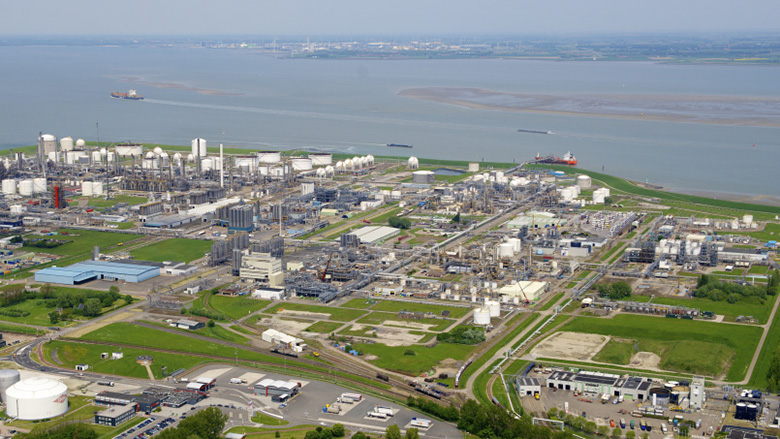In Bangladesh, rising fuel and utility costs have put a strain on investments in the textile and ready-made-garment sectors, both of which have a large presence in the country’s export processing zones (EPZs) and are major sources of employment.
In the Chittagong EPZ alone, the cost of electricity has risen significantly. Demand for electricity has continued to rise, making energy-efficiency measures increasingly important for cutting costs. In addition, global brands have introduced more stringent criteria for supply chain partners and demanded greater compliance with climate-friendly operations.
Though Bangladesh is not a heavy emitter, accounting for less than 1 percent of global greenhouse gas emissions, it is one of the most vulnerable to the effects of climate change—particularly as it relates to rising sea levels and extreme weather events. To take a proactive approach, Bangladesh has partnered with the World Bank Group, Korea International Cooperation Agency, the United Kingdom’s Department for International Development, and the European Union to develop and implement a low-carbon green zone initiative.
The government of Korea was a key proponent of the initiative and shared knowledge gained from implementing its national green growth agenda, such as the transformation of Korea’s industrial parks into eco-industrial parks. The collaboration between the two countries helped bring to fruition the first captive power project in Bangladesh.
As a result of these efforts, Bangladesh has become the first low-income country to adopt low-carbon zone guidelines and a roadmap that, when fully implemented, will reduce greenhouse gas emissions by 17 percent in the country’s industrial zones.
The lessons learned from Bangladesh have been captured in a new World Bank Group publication, Low-Carbon Zones: A Handbook for Practitioners. The handbook is designed to aid practitioners, governments, and the private sector in understanding low-carbon zones and the systematic process required to develop and operate in such zones.
The Challenge
Recently, it has become increasingly costly to power EPZs in Bangladesh. Dwindling domestic gas reserves has resulted in rising gas prices, which has adversely affected the profitability of several factories established within the EPZs. In the past five years, industrial energy rates were raised five times in the country’s Chittagong EPZ, which employs more than 150,000 people.
In addition, as climate change has been brought to the forefront of global political agenda, international corporations are placing a greater emphasis on sustainable sourcing and greener supply chains. EPZs are under scrutiny as they often use energy of all kinds within a relatively limited geographical area and emit significant levels of greenhouse gases, a major contributor to climate change.
One way to address these concerns is to create specialized low-carbon zones. Low-carbon zones promote energy efficiency and lead to energy cost savings while reducing the environmental footprint of industrial and related operations within the zone. They also provide a testing ground to pilot green projects and policies. With demand for green and low-carbon products on the rise, low-carbon zones are expected to attract investments and establish the new norm for production standards.

